If you ask your local craft beer head their go-to pint of choice, chances are they’re not going to name a mass-market Japanese import. Yet if you’re looking for a cold brew to go with sushi or teppanyaki, is there really any other way to go? Would you drop a shot of sake into a Sam Adams? Only a philistine etc. etc. Few would argue that rice-based Japanese lagers don’t deserve their place, but frankly, they’re pretty good in their own right — light, crispy, refreshing.
Just as with Coors, Bud, and Miller, the Japanese import market has its own big three — Sapporo, Asahi, and Kirin (Note: when we say “Japanese imports,” I don’t necessarily mean that the beers themselves have traveled from Japan — Sapporo, for instance, brews its American-sold beers in the US, Canada, and Vietnam). And as with their American counterparts (which are also somewhat similar in taste, Bud even uses rice) chances are you have a favorite. But is that choice actually based on taste or something else? Like maybe you just like the pretty picture on the bottle, ever thought of that, dumbass? …I kid, I kid.
This is one of those kind-of-dumb, kind-of-relevant questions I find myself asking every time I eat sushi. Eventually I figured the best/only way to settle it was with a blind taste test. So I went down to my local Total Wine & Liquor, which tends to have a pretty good selection of imports, and bought every Japanese or rice-based brew I could find. Then, with a group of about 10 of my friends (men and women, with a diverse cross section of beer palates), we tasted each, collecting our notes and naming our favorites. For the group ranking, I simply added up everyone’s ranking of each beer and then tabulated it like golf: lowest score wins.
The lineup:
- Sapporo Premium Beer, 4.9% ABV
- Sapporo Pure, 4% ABV
- Kirin Ichiban, 5.0% ABV
- Asahi Super Dry, 5.2% ABV
- Yoho Brewing Suiyoubi No Neko Belgian Style White Ale, 4.5% ABV from Japan
- Master Gao Puffed Rice Chinese Pale Ale, 7.6% ABV from China
- Kigen Kawaba Pearl Pilsner, 5.2% ABV from Japan
- Kigen Kawaba Snow Weizen, 5% ABV from Japan
- Kigen Kawaba Sunrise Ale, 5% ABV from Japan
- Hitachino Nest Japanese Classic Ale, 7% ABV from Japan
Part One: My Notes & Rankings
10. Kigen Kawaba Snow Weizen — $5.99 a bottle.
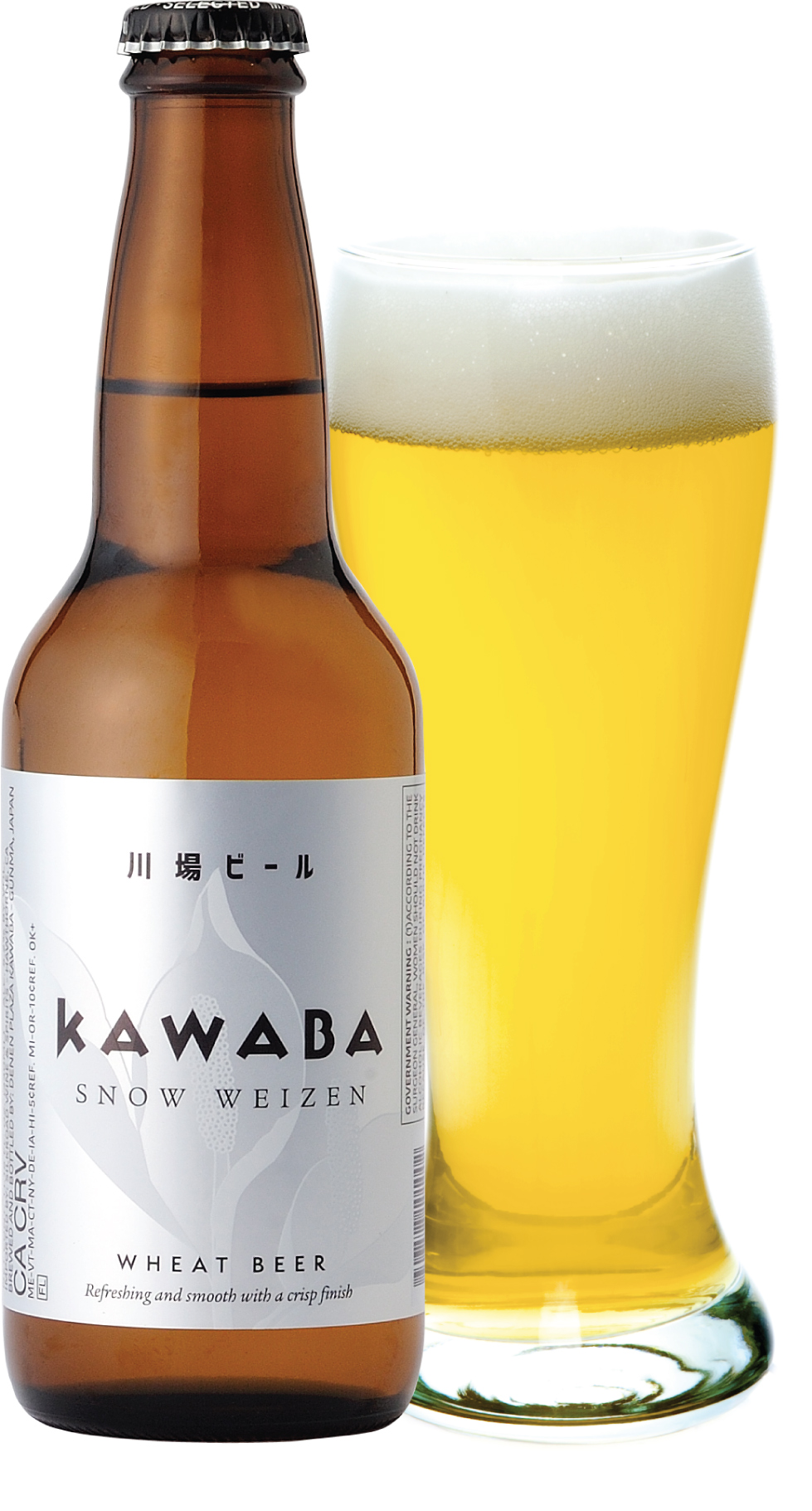
Original Notes (tasted sixth):
Look: Pale yellow with lacy head.
Smell: Not getting much from this one.
Taste:
Doesn’t taste like much either. Feels like a low cal or an NA, almost a hard seltzer. Not offering much other than light sweetness. 5/10
Reaction Upon Seeing The Label:
I guess I was way off thinking this one was an NA or a low-cal option, though in my experience, most weizenbocks are darker and with higher alcohol content. This “snow” weizen just didn’t seem to offer much flavor, to me. That said, it wasn’t bad. It was easy enough to drink, just not very interesting. It was light enough, but it lacked the bigger bubbles and hop bite of the more standard rice pilsners.
9. Master Gao Puffed Rice Chinese Ale — $19.99 for four cans.
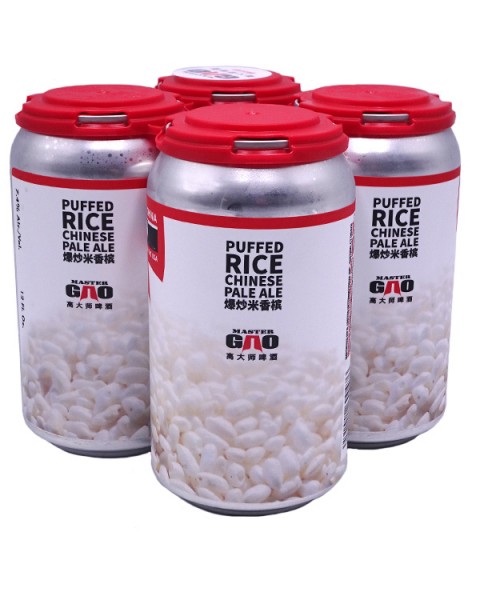
Original Notes (tasted second):
Look: Pale yellow and cloudy.
Smell: Oranges on the nose.
Taste: Orange and hoppy, with another flavor I don’t recognize. Maybe an herb or something? This one is fine. Not in love, just maybe a little too complex for me and it kind of dries my mouth out. 5/10
Bottom Line:
Master Gao’s is a 7.6% ABV brew that’s “unfiltered and unpasteurized,” and meant to taste something like a brut IPA. I pretty much never order IPAs (I tend to prefer more color and fewer hops), so perhaps not surprisingly, it wasn’t my favorite. Maybe it was a little funky. I actually thought I was tasting some kind of orange hibiscus Belgian wit.
That being said, I never would’ve guessed it was the booziest of the bunch, so… if you’re looking for something like that, it’s not a bad choice.
8. Kirin Ichiban — $12.99 for a 12 pack.
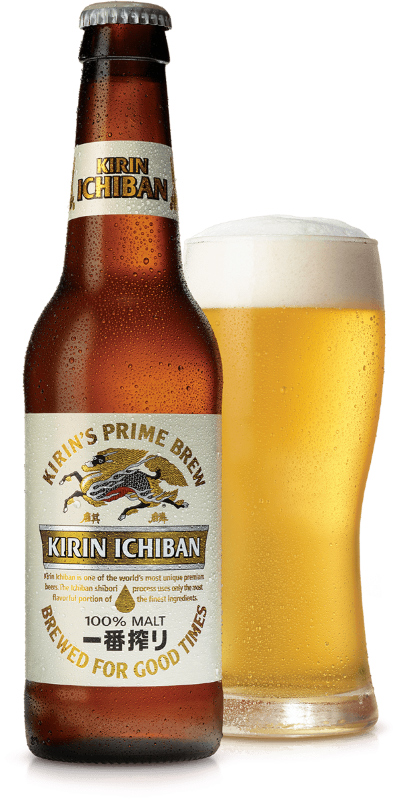
Original Notes (tasted fifth):
Look: Golden and foamy.
Smell: Smells like another rice lager, this one with a little more of that uriney pils smell.
Taste: Decent rice lager, but not as good as the last version of this [which was sample 3, the Kawaba Pils]. This tastes more like a cheap American lager, like a PBR or Hamm’s. 6/10.
Bottom Line:
To partly answer my question in the introduction, it turned out Kirin Ichiban was my least favorite of the big three Japanese brews. I guess for me that would make it the Coors Light of Japan (Coors Original still rules). I don’t know how to describe the malt component of a pils, the part that’s not the crisp effervescence, other than uriney, and this one was definitely leaning toward the uriney end of the spectrum.
That being said, I thought it reminded me of a PBR, and I’ve happily drunk a good many PBRs in my life.
7. Hitachino Nest Japanese Classic Ale — $4.49 a bottle.
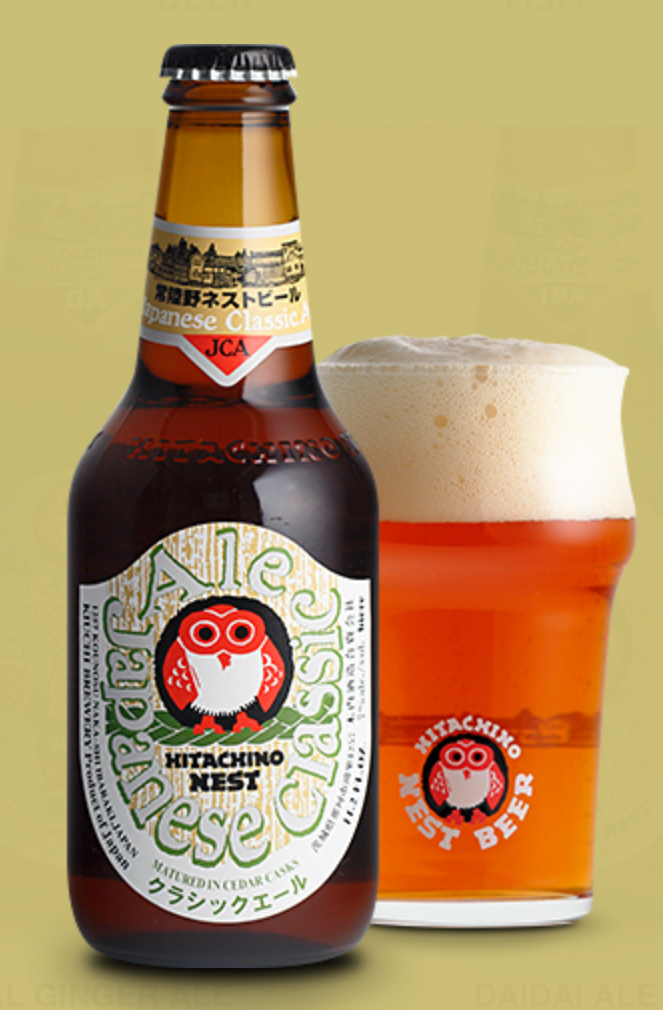
Original Notes (tasted fourth):
Look: A nice caramel amber color, clear.
Smell: Sort of a raisin-y bran smell. Like raisin bread.
Taste: I love the caramel malt of this, but the raisin/prune flavor isn’t my favorite. Tastes boozier than the others. Seems like it’d be good in smaller doses. 6/10
Bottom Line:
Hitachino Nest has a ton of different varieties, but for whatever reason this one was the only variety I found on this particular day. The “Japanese Classic Ale,” “a recreation of the first Japanese beer made in the Edo period,” describes itself as like an English IPA. But the “P” in IPA stands for pale, and this one was clearly not P. So, it feels more like an amber ale. I generally like amber ales, and this one was okay, but it was strong on that raisiny prune kind of flavor you tend to get in Scotch ales, dark Belgians, and some ambers. This one was made with British hops, so the Scotch ale similarity would seem to check out. The high alcohol content was also evident in the taste, which was almost like a barleywine.
Again, this feels like more of a slow sipper suited for smaller glasses, so tasting it alongside crispy happy hour chuggers (something something your mom) probably wasn’t its ideal habitat.
6. Sapporo Pure – $8.49 for six cans.
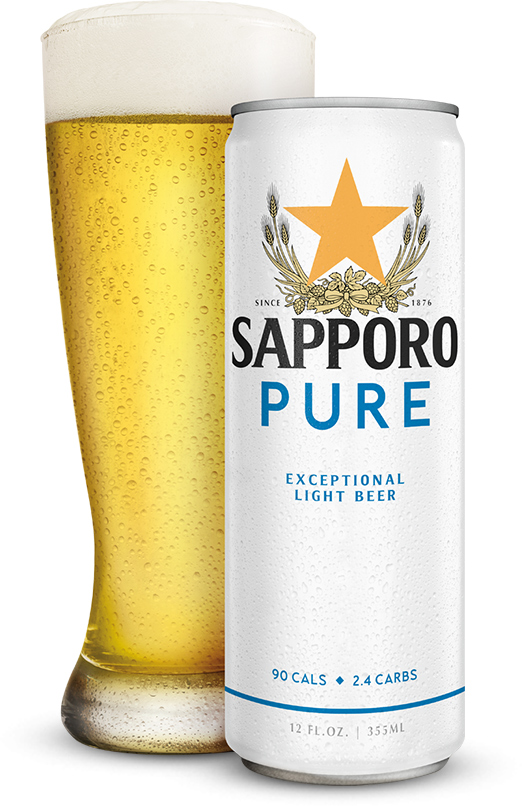
Original Notes (tasted eighth):
Look: Orange amber gold with foamy head.
Smell: Has that skunky-ish pils smell.
Taste: A fine watery lager. Very clean and not bitter, but kind of boring. A replacement-level lager. 6/10.
Bottom Line:
Sapporo Pure has fewer calories (90) than Sapporo Premium Lite (110), and slightly higher alcohol content (4.0% vs 3.9% for Sapporo Premium Lite, which the store didn’t have anyway), so it seems to be going for that Michelob Ultra market. Which I admit I don’t entirely understand. Is that the beer you drink when you’re training for a marathon, or pop open on the way to a rock climb? Either chill out and have a real beer or put some vodka in a water bottle and become a full-blown alcoholic.
I digress, but this one was perfectly average.
5. Sapporo Premium – $7.99 for six bottles.
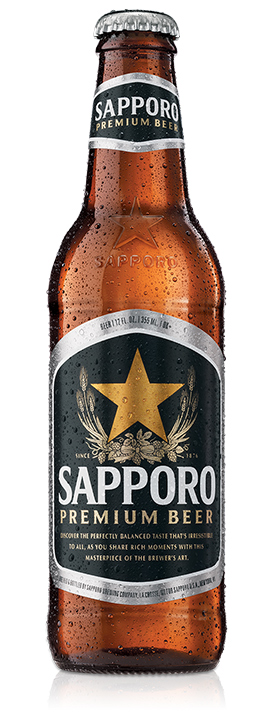
Original Notes (tasted ninth):
Look: Pale yellow lager
Smell: Clean rice lager smell, less of the urine-y malt, but still crisp.
Taste: Not bad, not bad at all. Though it does have a slight… green fruit flavor? I can’t quite place it, but it reminds me of slightly undercooked grain. Another replacement-level lager. 7/10.
Bottom Line: Sapporo, which actually does not use rice in its brewing process, placed number two of the big three. Obviously, they’re all pretty similar, and all very drinkable. I found it to be crisper and a little less malt-uriney than the Kirin, though with a slightly undercooked grain flavor. A fairly solid crispy boy in any case.
4. Suiyoubi No Neko Belgian Style White Ale from Yoho Brewing – $30.54 for six.
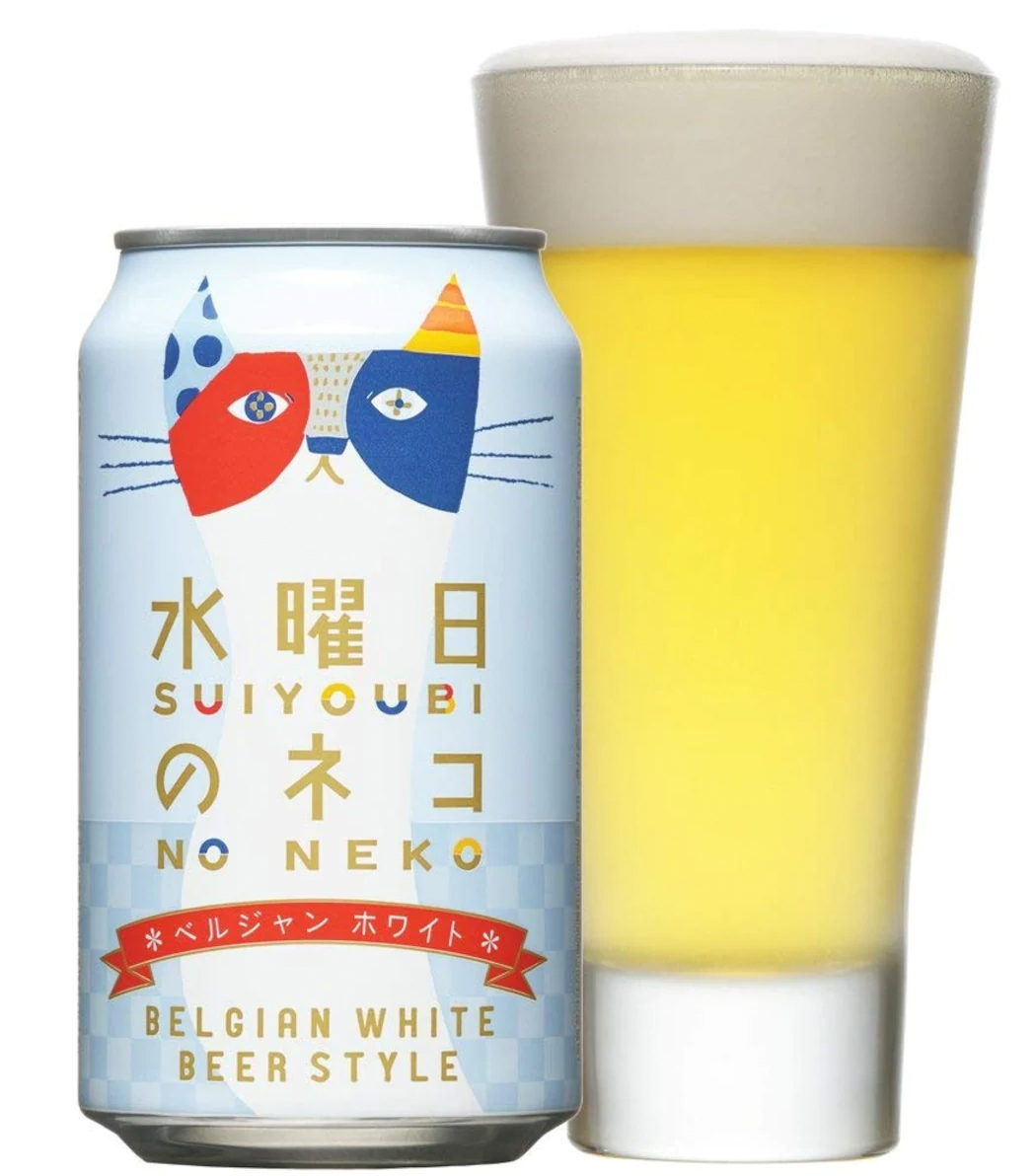
Original Notes:
Look: Pale yellow and clear.
Smell: Very wheaty-yeasty smell. Is that a hef? A Belgian wit? Is that coriander in there?
Taste: Tastes like Franziskaner, or a clean saison. Crisp and refreshing with some wheat. I like it. 8/10.
Bottom Line:
“Wednesday Cat,” as “suiyoubi no neko” apparently means in English, is indeed a Belgian wit (see also Blue Moon), and a pretty good one at that (with notes of orange and coriander). Your mileage may vary, as with all of these, but as a fan of Franziskaner and wheat beers generally, I thought this one was great (hey, craft guys, make more wheat beers, and you don’t always have to put a bunch of random stuff in them, wheat is pretty good on its own).
Worth the 30 bucks for a six pack? Maybe not, but hey, it’s your money. “Wednesday Cat” is also a really good name.
3. Asahi Super Dry – $7.99 for six.
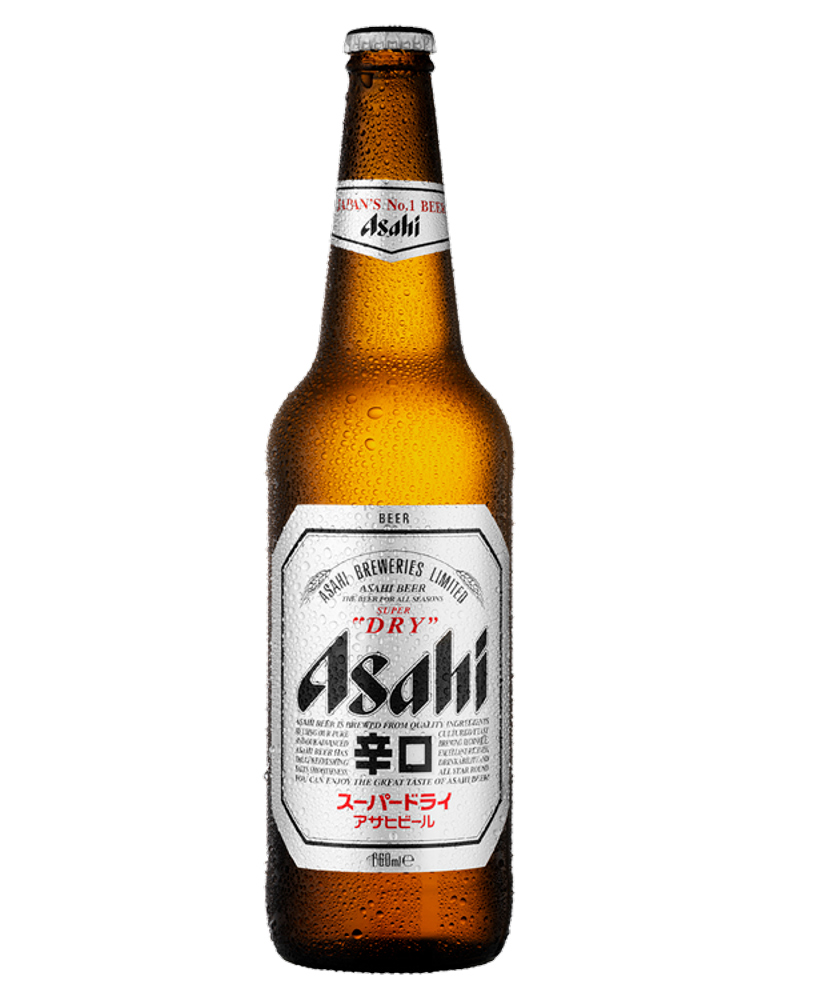
Original Notes (tasted 10th):
Look: Light amber, foamy.
Smell: Sort of a Miller-y, with a bread-heavy nose.
Tastes: Light, crisp, refreshing. One of the better versions of these. This one more “cooked” than the last one [sample 9, the Sapporo]. A basic lager, but a higher-end one. 8/10.
Bottom Line:
Asahi was, definitively, my favorite of the big three Japanese imports. There are a million beers sort of like this, that you can find in virtually any country, and it’s probably the most common beer style worldwide. So they’re not exactly reinventing the wheel here. But it is a very solid version of it. Truly, not much to complain about here. It’s crisp and refreshing and tastes a little more cooked than the Sapporo, a perfect complement to any fish or rice dish.
2. Kigen Kawaba Pearl Pilsner — $3.99 per bottle.
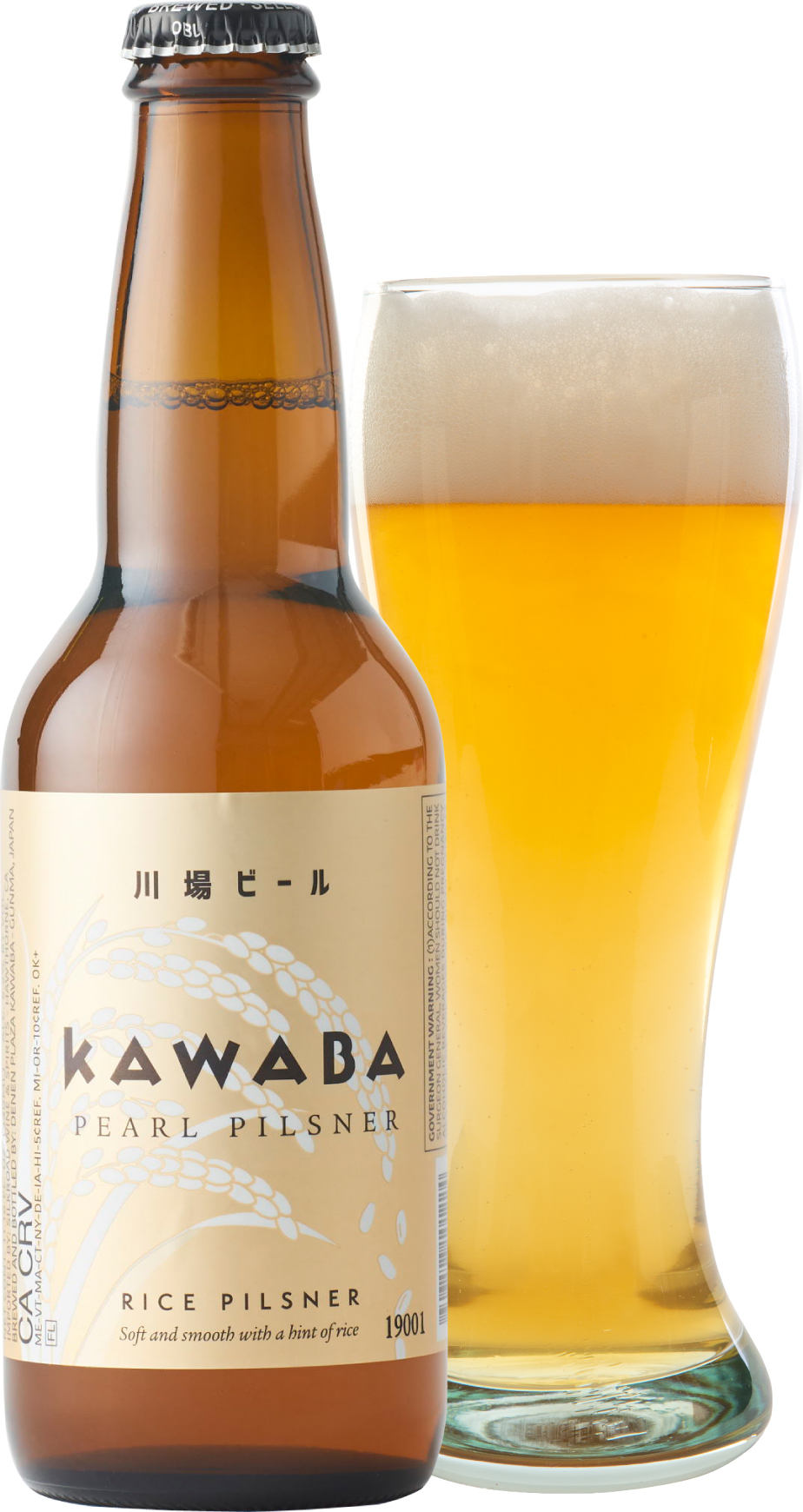
Original Notes (tasted third):
Look: Golden and foamy.
Smell: This smells like your classic rice lager. I feel like I can even smell the roasted rice on it, like genmaicha tea. Mostly clean and crisp with just a hint of that uriney pils.
Taste: This tastes like your classic Japanese rice lager. It’s very thirst-quenching, crisp, and light, and not really bitter at all. A top-end rice lager? 8/10.
Bottom Line:
Basically, the same Czech pilsner brewed with rice style as the mega breweries, but from a smaller brewer. In theory, I suppose you would expect a beer that costs almost 25 bucks for a six-pack to be a step up from the eight-dollar versions of it, but with imports, you never really know where the money is going. Surprisingly, this one did taste exactly like a more expensive version of your basic Japanese rice lager. A sort of boutique pils, if you will. It’s probably not going to be available at your local sushi joint, but I’d be buying it if it was (assuming it wasn’t like 18 bucks a pop, which based on the bottle price could well be the case).
1. Kigen Kawaba Sunrise Ale — $3.99 per bottle.
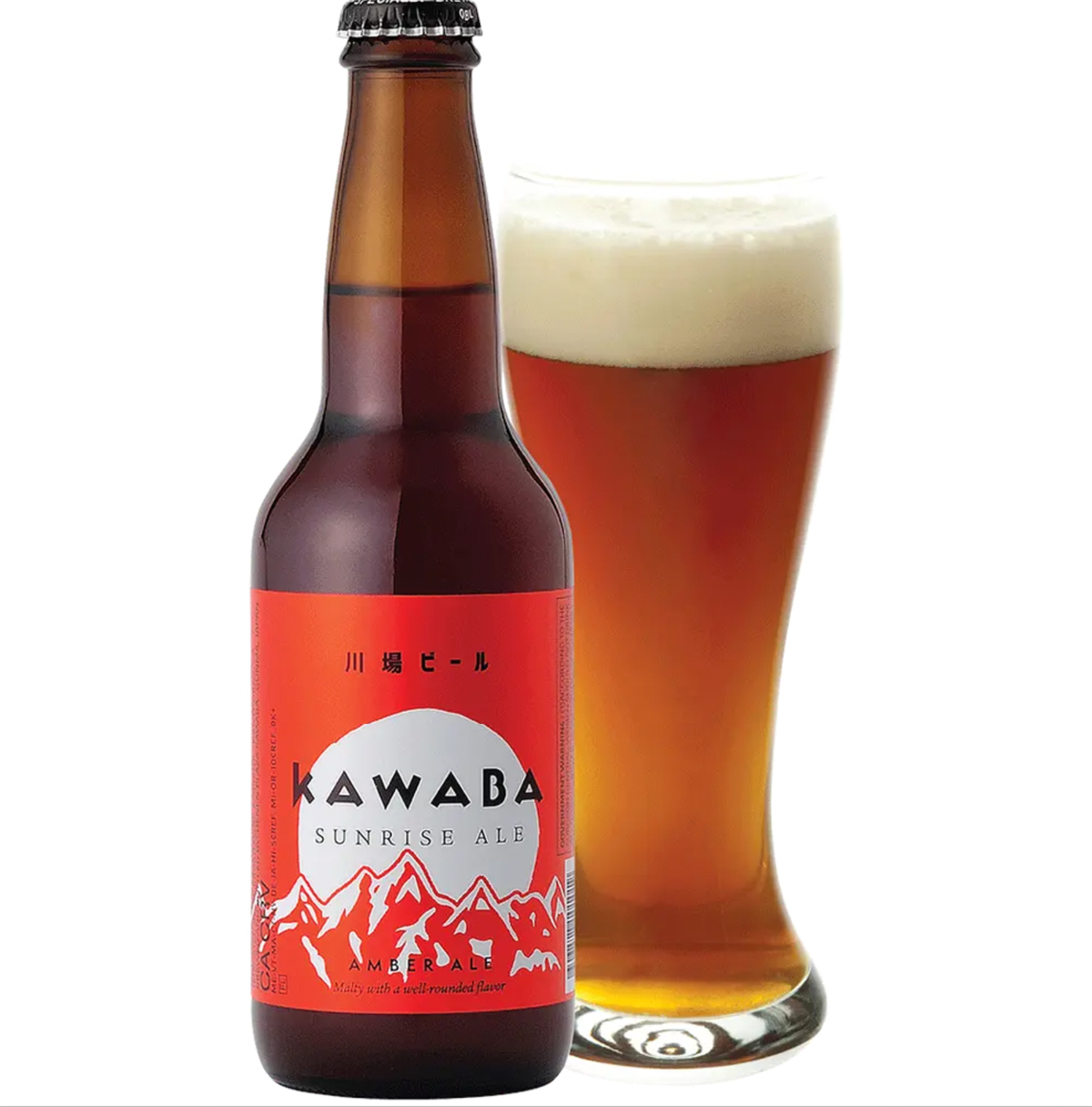
Original Notes (tasted seventh):
Look: Sort of orange-brown with nicely foamy head.
Smell: Has that vague rum raisin kind of smell like [Hitachino Nest]. Very boozy.
Taste: Tastes better than it smells, the crispness balances that rum-raisiny malt very nicely. I actually like this a lot. 9/10.
Bottom Line:
Not surprisingly, given my beer tastes, I chose the amber ale. This one had some of the same rummy, raisin bread notes as the Hitachino Nest, but, maybe thanks to the lower ABV and the crispness and carbonation, I liked this one a lot more. It offered that same caramel-toffee malt flavor that I love so much but the old pruney flavor that I don’t love was much more balanced in this, existing more on the nose than on that palate. Obviously, this one doesn’t really fit the rice lager profile so it’s a bit of an outlier, and not everyone enjoys medium-hopped reds and ambers as much as I do, but it’s a great beer. And if I may say, Kawaba’s labels are fantastic.
Part 2: Group Ranking Results
10. Hitachino Nest Japanese Classic Ale, 7% ABV from Japan
This dark, high ABV, sorta prune-y tasting IPA got the most votes for last place, as well as the highest cumulative score, which is again probably not surprising considering it’s almost a barley wine and we were tasting it against light lagers. It’d probably be a fairer test if we tasted it alongside ambers or IPAs because it’s really not a bad beer.
9. Master Gao Puffed Rice Chinese Pale Ale, 7.6% ABV from China
My panel thought this one was fruity, acidic, interesting, lemon, stinky, and bitter, among other things. Again, this one should probably have been tasted alongside other IPAs where it would fit better. I will say I didn’t think it tasted that boozy for a 7.6% beer, and no one called it out as such.
8. Kigen Kawaba Snow Weizen, 5% ABV from Japan
This one was polarizing, with more than one vote for the worst (including my own) but also multiple votes for favorite. Just goes to show, one man’s “watery” is another man’s “clean.”
7. Kirin Ichiban, 5.0% ABV from Japan
Another one that ended up being weirdly polarizing, tied for the most number one votes but also ranked near the bottom from other tasters (like myself). Either “the perfect light beer” or “skunky” and “uriney” depending on the taster. The lowest cumulative ranking of the Japan Big Three, but also had the most number one votes, as I said, so go figure.
Mileage may vary.
6. Sapporo Premium Beer, 4.9% ABV from Japan
The number two ranked of the Japanese big three, both from me and cumulatively. Tasters called this one “meh,” “fine,” and “crisp,” to go along with my own read that it tasted undercooked somehow. A bit surprising that it tested lower than its lighter cousin.
5. Kigen Kawaba Sunrise Ale, 5% ABV from Japan
Again, not particularly surprising that my personal favorite rated much lower among tasters who don’t like darker toffee-flavored malts.
Whatever, half these idiots were drunk anyway.
4. Sapporo Pure, 4% ABV from Japan
My panel called this one “easy drinking” and “no recollection,” with lots of votes for second favorite.
3. Yoho Brewing Suiyoubi No Neko Belgian Style White Ale, 4.5% ABV from Japan
Most people noted the citrus and wheat notes in this one, and most of the votes had it middle or high middle, a sort of non-polarizing sub-fave.
2. Asahi Super Dry, 5.2% ABV from Japan
My favorite of the big three turned out to be the cumulative best of the big three and even received a number one vote. One taster called it “skunky on the back end,” but most found it “enjoyable,” “refreshing,” and “crisp.”
1. Kigen Kawaba Pearl Pilsner, 5.2% ABV from Japan
Our cumulative favorite turned out to be, perhaps not surprisingly, the slightly more boutique take on the baseline rice-infused Czech pilsner. I had it as my number two, and the majority of the tasters had it in their top three, even the ones who called it “the perfect Mexican beer” and “this is Budweiser.”
Here’s to hoping they start importing more of it.
Vince Mancini is on Twitter. You can access his archive of reviews here.







